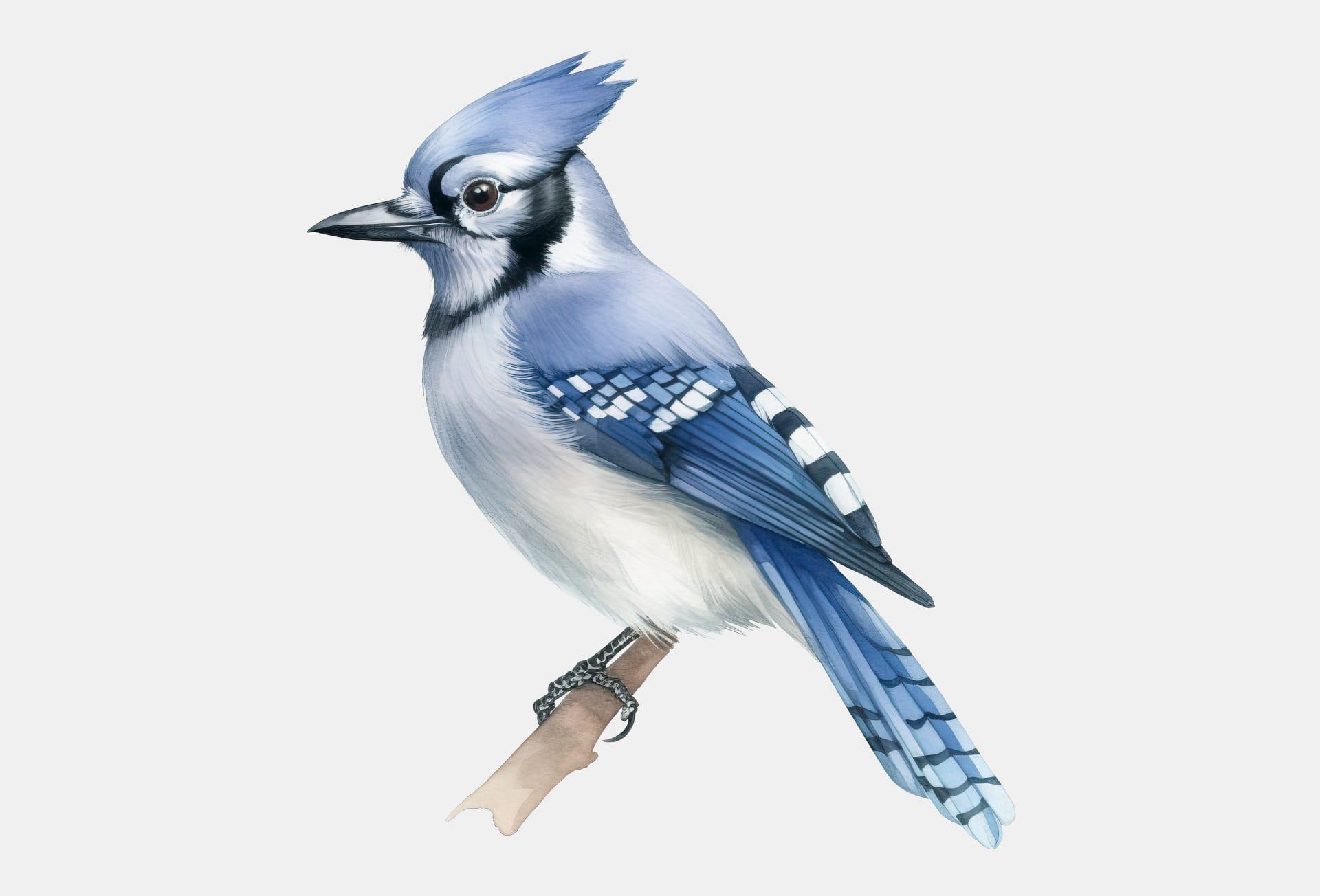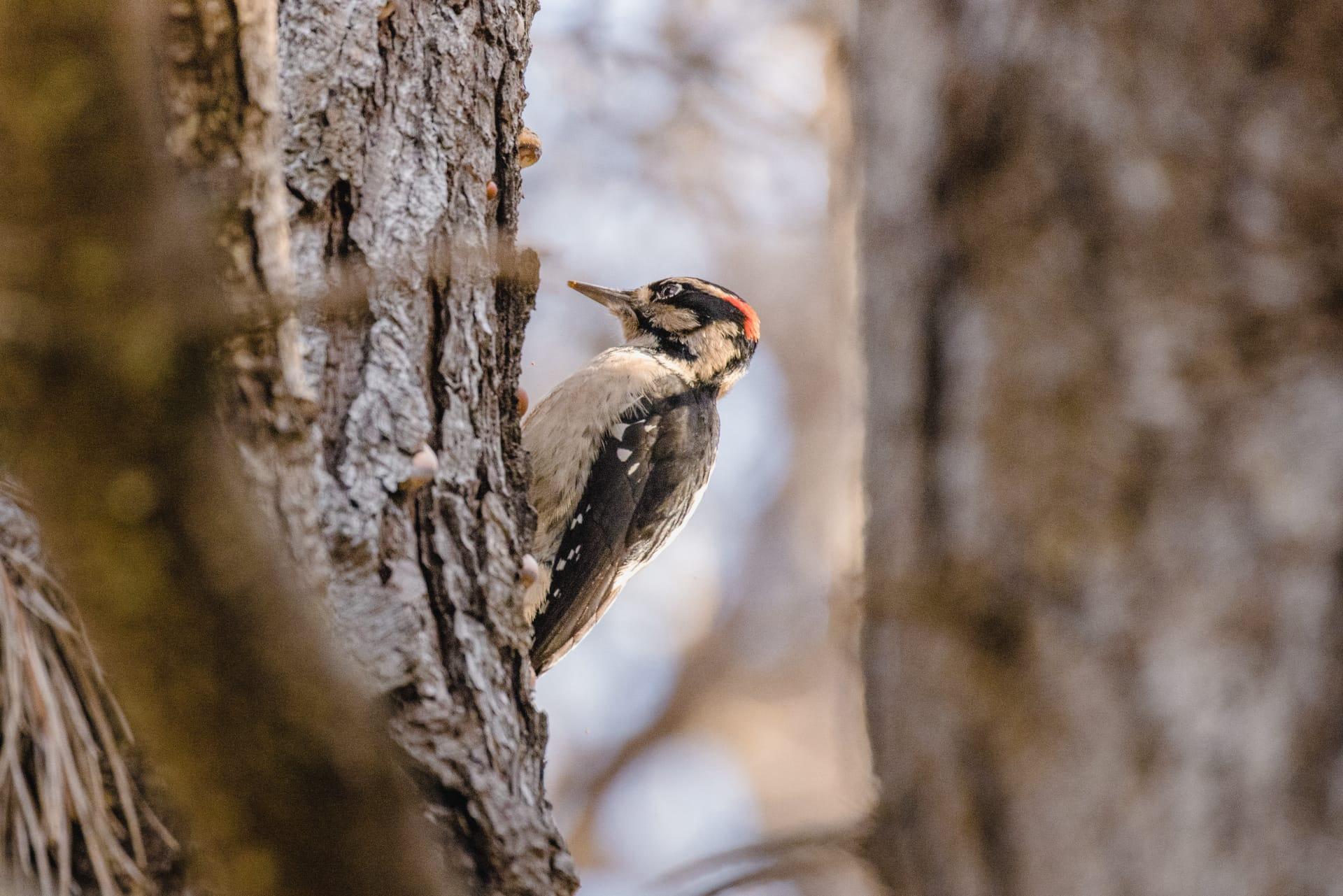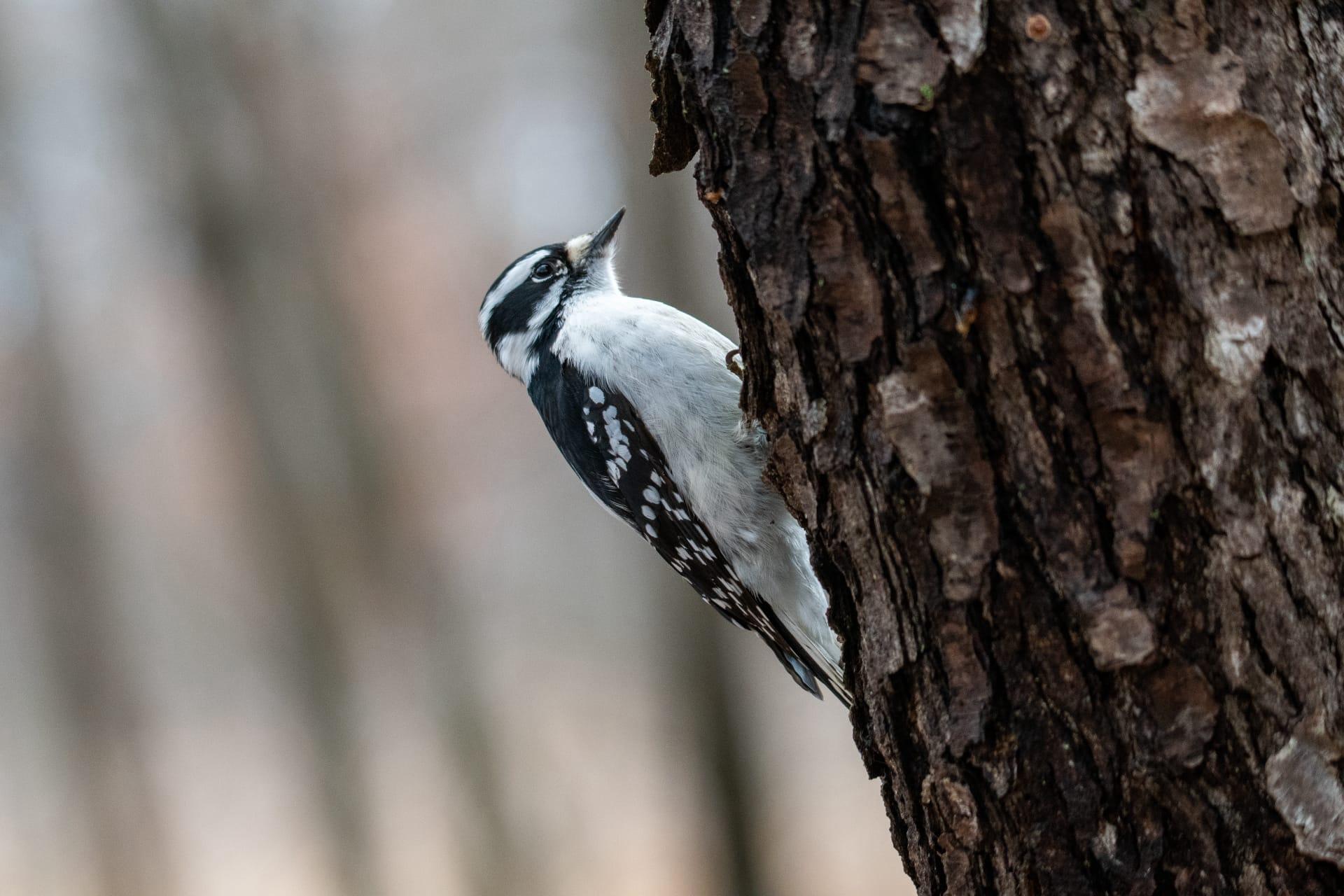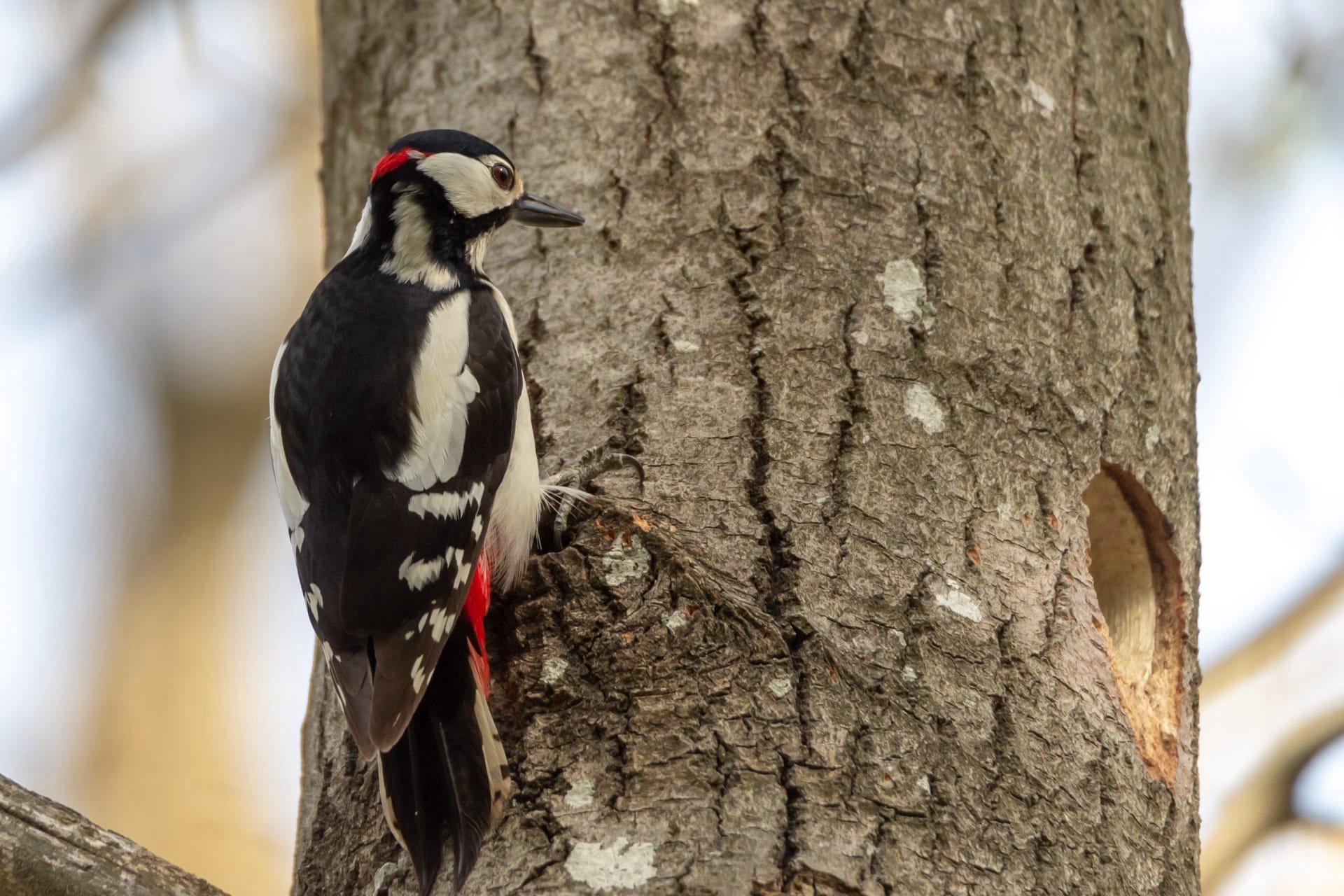Woodpecker
- Home /
- Mini Encyclopedia /
- Animal /
- Woodpecker
1
Woodpeckers, fascinating creatures known for their pecking prowess, belong to the family Picidae within the order Piciformes. This family encompasses over 200 species, each with unique characteristics. Among these, the Downy Woodpecker, Pileated Woodpecker, and Red-headed Woodpecker are notable examples. These species demonstrate a wide range of sizes, from the petite Downy Woodpecker, measuring about 6 to 7 inches in length, to the larger Pileated Woodpecker, stretching up to 16 to 19 inches.
Woodpeckers have a widespread distribution, inhabiting various regions across the globe. They are predominantly found in forests, woodlands, and even urban areas with sufficient tree cover. North America, home to around 22 species, showcases a diverse range of habitats for these birds. In the United States, the Red-bellied Woodpecker is commonly seen across the eastern states, while the Gila Woodpecker prefers the desert areas of the Southwest. South America and Southeast Asia also boast a rich diversity of woodpecker species, highlighting their adaptability to different environmental conditions.

2
Question: Do woodpeckers get headaches from pecking?
Answer: Surprisingly, woodpeckers do not suffer from headaches despite their vigorous pecking habit. This is due to their unique biological adaptations. Their skulls are reinforced with sponge-like bone structures that absorb impact, and their brains are tightly packed within their skulls, reducing movement during pecking. Additionally, a specialized muscle at the base of the beak acts as a shock absorber. These features enable woodpeckers to peck at high speeds of up to 20 times per second without injury.

3
Woodpeckers have developed remarkable survival strategies to thrive in their environments. One key adaptation is their strong, chisel-like beak, perfect for drilling into wood to find food or create nesting cavities. Their long, barbed tongues, which can extend up to three times the length of their beak, are adept at extracting insects and larvae from within trees. Moreover, woodpeckers possess zygodactyl feet, with two toes facing forward and two backward, providing a strong grip on tree trunks.
Another notable adaptation is their communication method. Woodpeckers use drumming - rapid pecking on a resonant object like a tree or metal surface - as a way to mark territory and attract mates. This drumming is often mistaken for foraging but serves a critical social function in their lives.

4
In ecosystems, woodpeckers play multiple pivotal roles. They are key in controlling insect populations, as their diet mainly consists of wood-boring insects and larvae. By feeding on these pests, woodpeckers help maintain the health of trees and forests. Their presence is often an indicator of a healthy ecosystem.
Additionally, woodpeckers are considered 'ecosystem engineers.' The holes they create while foraging or nesting become crucial habitats for other species, such as bees, bats, and other small birds. These cavities, especially in old or dead trees, provide essential nesting and roosting sites, contributing significantly to the biodiversity of their habitat.

5
Film: "The Woodpeckers' World" is an enlightening documentary produced in the United States in 2018. This film offers an intimate look into the lives of various woodpecker species, showcasing their unique behaviors and survival tactics. It highlights the challenges they face due to habitat loss and climate change, aiming to raise awareness and appreciation for these birds.
Book: "Woodpeckers of North America" by Frances Backhouse, published in Canada in 2005, is a comprehensive guide. This book delves into the lives of North American woodpeckers, describing their habits, habitats, and the role they play in the ecosystem. It's a blend of scientific information and engaging storytelling, making it accessible to both bird enthusiasts and casual readers.
Book: "The Secret Lives of Woodpeckers" by John Eastman, released in the United States in 2010, offers an in-depth exploration of woodpecker species. Eastman combines detailed scientific research with vivid descriptions, providing insights into the behavior, physiology, and ecological significance of these fascinating birds. This book is a valuable resource for anyone interested in avian biology and conservation.